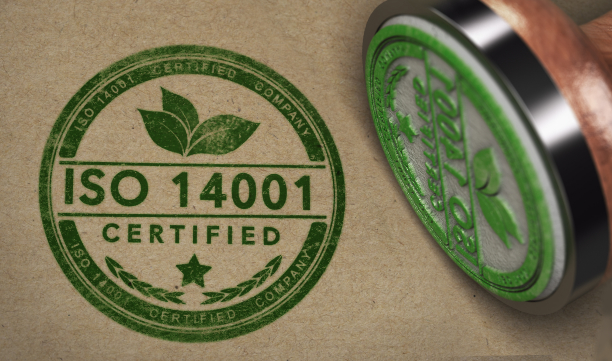Corporate Social Responsibility
Environmental Protection
新至陞承諾
Environmental protection has been gaining importance at Nishoku Technology these days. The EU passed the Restriction of Hazardous Substances (RoHS) and Waste Electrical and Electronic Equipment directives in 2003. As a member of the green product supply chain, apart from promoting products made with lead-free processes, we fulfill the requirements for heavy metals and restricted chemicals of customers by implementing restricted substances control and request suppliers to meet all statutory and regulatory requirements. Since Nishoku Technology was established, we have spared no effort to face all challenges, search for breakthroughs, recruit elites from different parts of society, invest resources in planning employee training and development, create a friendly work environment, and establish a multifaceted welfare system to take care of employees and ease their worries.
| Item | Taipei Plant | Kunshan Plant | Shenzhen Plant | Vietnam Plant |
|---|---|---|---|---|
| Certification of the ISO 14001 Environmental Management System |  |
 |
 |
 |

- Implement the ISO-14001-based environmental management system to combine business operations with environmental protection.
- Establish a concrete environmental management system, set environmental objectives and targets, and review the system.
- Abide by related environmental regulations and fulfill customer requirements.
- Audit and review and make continual improvement of the environmental management system periodically.
- Enhance pollution prevention to reduce environmental pollution and protect the Earth.
- Disclose the environmental policy and communicate it to employees, interested parties, suppliers, and customers.
- Enhance environmental education for employees to ensure reliable environmental protection and continuously promote waste reduction, energy conservation, and resource recycling.
Environmental Management
In environmental protection, we maintain our creed to make well prevention of pollution from product manufacturing to pollutant disposal. We also set goals for continual improvement through the environmental management system in order to pursue sustainable development. At present, we set our environmental policy to accomplish the following and communicate the policy to employees and suppliers through education and training:
- Uphold the “continual improvement and pollution prevention” spirit to enhance the environmental awareness of employees, in order to ensure the effective operation of the environmental management system.
- Abide by the regulations of the central and local governments in various business activities, product manufacturing, and operations and make efforts to enhance the effectiveness of the environmental management system, in order to reduce impacts on the environment.
- Blend the pollution prevention spirit to the production and procurement procedures and introduce suitable protection and pollution control equipment to continuously and effectively monitor and handle pollutions in the production process.
- Implement the control and monitoring of air pollution, water pollution, waste pollution, toxin pollution, and noise pollution and verify the effectiveness of system implementation through corrective and preventive actions, in order to continuously improve the self-management and performance of environmental protection.
Therefore, we have established the following SOPs to achieve pollution control: Environmental Management Program Implementation SOP, Waste Management SOP, Emergency Response SOP, and Environmental Impact Assessment SOP. Upholding the creed of co-existence with the Earth and the environment, we continuously implement energy conservation and GHG reduction measures, with focus on the in-house energy efficiency and review of energy consumption of suppliers.
- In 2017, electricity consumption reduced by 2-3% of the base year target through active implementation of the energy conservation program.
- Compared to 2016, electricity consumption reduced by 169,840 kWh, or 31%, in 2017. Electricity consumption was planned upon the base year 2016.